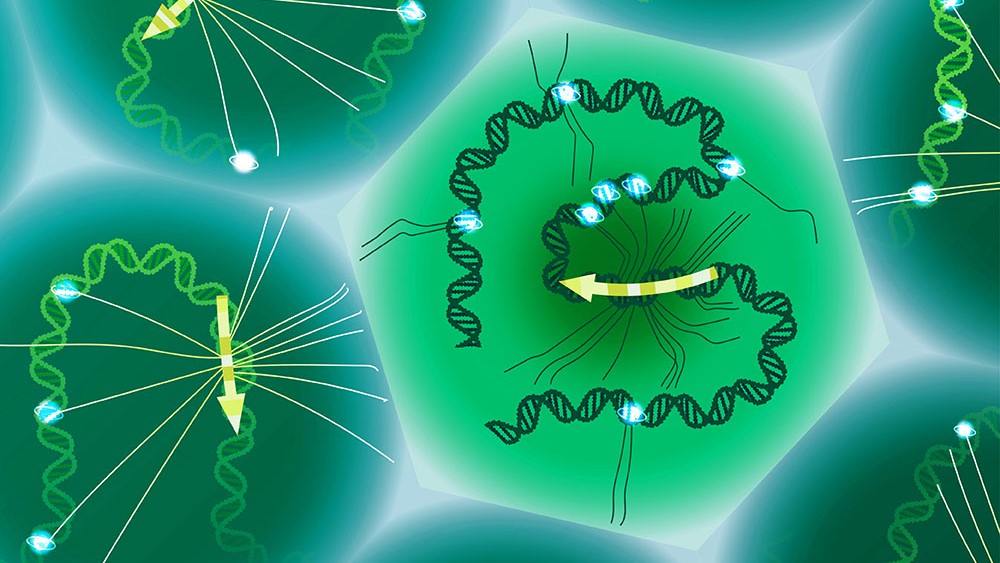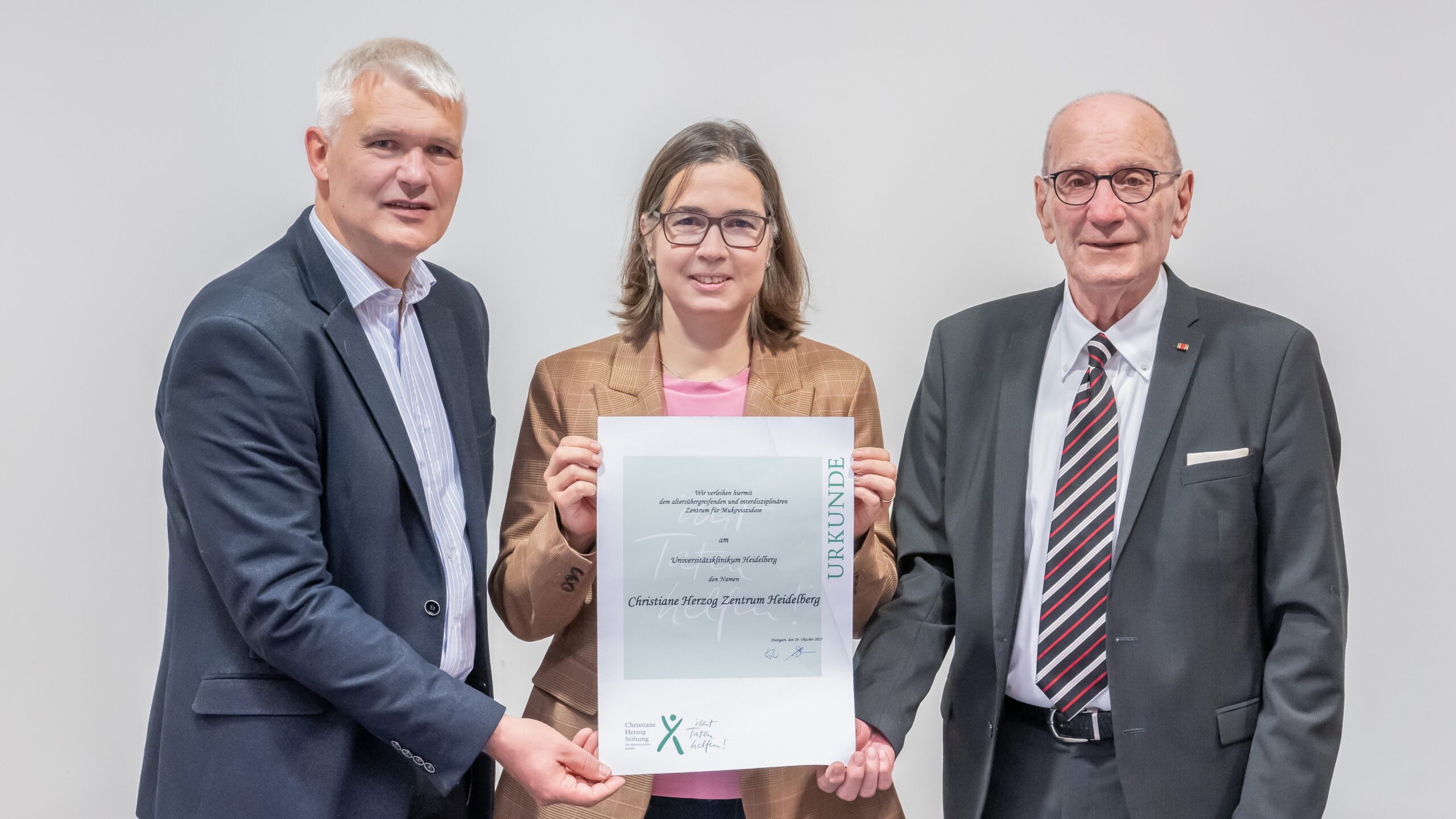New tool offers single-cell study of specific genetic variants

With a closer look at genomic variation, scientists now have a faster, more precise way to uncover new links to disease

Summary
- Scientists have developed a highly sensitive single-cell tool that can help uncover links to complex diseases. Known as single-cell DNA-RNA-sequencing (SDR-seq), this tool created by scientists from EMBL’s Genome Biology Unit can study both DNA and RNA simultaneously inside the same cell – a critical element in understanding how genetic variants impact gene expression in what’s called the non-coding region of the genome.
- With SDR-seq, the scientists found that even small changes in DNA can change how genes are regulated in stem cells, and in a type of blood cancer called B-cell lymphoma.
- SDR-seq offers genome biologists scale, precision, and speed to help understand and eventually treat a broad range of diseases.
Scientists have long suspected connections between heredity and disease, dating back to Hippocrates, who observed certain diseases ‘ran in families’. However, through the years, scientists have kept getting better at finding ways to also understand the source of those genetic links in the human genome.
EMBL scientists and collaborators have now developed a tool that surpasses current single-cell technology by capturing genomic variations and RNA together in the same cell, increasing precision and scalability compared to previous technologies. Able to determine variations in non-coding regions of the genome, this tool transforms how scientists can study the parts of DNA where variations linked to disease are most likely to occur. This single-cell tool, with its high precision and throughput, represents an important advance in drawing correlations between genetic variants and disease.
“This has been a long-standing problem, as current single-cell methods to study DNA and RNA in the same cell have had limited throughput, lacked sensitivity, and are complicated,” said Dominik Lindenhofer, the lead author on a new paper about SDR-Seq published in Nature Methods and a postdoctoral fellow in EMBL’s Steinmetz Group. “On a single-cell level, you could read out variants in thousands of cells, but only if they had been expressed – so only from coded regions. Our tool works, irrespective of where variants are located, yielding single-cell numbers that enable analysis of complex samples.”
The important difference between coding and non-coding regions
The genome, which is made up of DNA, has both coding and non-coding parts. Genes in coding regions have been compared to instruction manuals or recipes since those genes are expressed into RNA, essentially telling the cell how to make proteins, the building blocks of life.
Non-coding sections contain many regulatory elements important to cellular development and function. More than 95% of disease-associated variants that occur in DNA do so in these non-coding regions, yet current single-cell tools hadn’t provided the throughput and sensitivity to understand these large regions better. Up to now, scientists couldn’t simultaneously observe DNA and RNA from the same cell at scale to determine DNA code variants’ functions and their consequences.
“In this non-coding space, we know there are variants related to things like congenital heart disease, autism, and schizophrenia that are vastly unexplored, but these are certainly not the only diseases like this,” Lindenhofer said. “We needed a tool to do that exploration to understand which variants are functional in their endogenous genomic context and understand how they contribute to disease progression.”
Deciphering barcodes that track single cells
For single-cell DNA-RNA sequencing (SDR-seq), the scientists employed oil-water emulsion droplets, with each drop containing a single cell, to analyse both DNA and RNA. The scientists could actually study thousands of cells simultaneously in a given test tube and directly connect genetic changes to gene activity. But this kind of technology development required overcoming several limitations, so it involved several collaborators from EMBL’s Genome Biology and Structural and Computational Biology units, the Stanford University School of Medicine, and Heidelberg University Hospital.
Initially, collaborators from the EMBL research groups of Judith Zaugg and Kyung-Min Noh developed a way to ‘fix’ cells to protect fragile RNA. Additionally, computational biologists from Oliver Stegle’s EMBL research group built a customised tool to deconvolute and decode the complex DNA barcoding system needed to build this technology and enable further downstream data analysis. And though this decoder was built for this project specifically, the scientists expect it can be applied to other research.
Researchers from Wolfgang Huber’s and Sasha Dietrich’s research groups at EMBL and Universitätsklinikum Heidelberg, respectively, were already screening B-cell lymphoma cells for other research projects. Consequently, they provided primary patient samples with high numbers of genomic variants to help test the tool. Lindenhofer then used these samples to observe connections between variants and disease. He found that cancer cells with more variants had increased activated signals that helped cancer grow.
“We are using these small reaction chambers to read out DNA and RNA in the same single cell,” Lindenhofer said. “This lets us accurately tell whether a variant is on one or both copies of a gene and measure its effects on gene expression in the same single cells. With the B-cell lymphoma cells, we were able to show that depending on the variant makeup of cells, they had different propensities to belong to distinct cellular states. We could also see that increasing variants in a cell actually were associated with a more malignant B-cell lymphoma state.”
The many opportunities from a single-cell sequencing tool
The SDR-seq tool now offers genomic biologists scale, precision, and speed to help better understand genetic variants. While it could eventually play a role in treating a broad range of complex diseases, it may first help in developing better screening tools for diagnosis.
“We have a tool that can link variants to disease,” said Lars Steinmetz, a senior author on the paper, an EMBL group leader, and a genetics professor at Stanford University School of Medicine. “This capability opens up a wide range of biology that we can now discover. If we can discern how variants actually regulate disease and understand that disease process better, it means we have a better opportunity to intervene and treat it.”
Source article(s)
Functional phenotyping of genomic variants using multiomic scDNA-scRNA-seq.
Lindenhofer D., et al
Nature Methods, September 2025
doi.org/10.1038/s41592-025-02805-0




